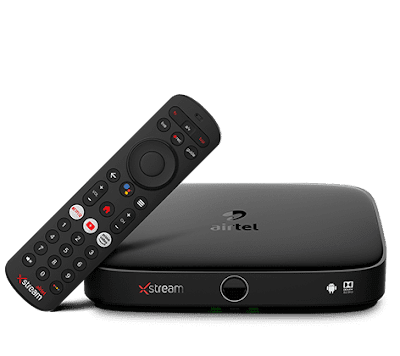Professional Set-Top Boxes Are Designed For Rugged Field Use and Expert Broadcast Audio
 |
Set-Top Boxes |
The first step in choosing a set-top box is to determine what kind of content you want. You can use Netflix and other streaming services, but if you want to watch HBO or other content on your television, your options are much limited. Many consumers prefer to stream their own files, but there are also many alternatives to streaming content. Fortunately, the variety of options available today is enormous. It just depends on what you're looking for. In Germany, a good example is pay TV provider Premiere, which had a major impact on Set-Top Box technology for a long time.
TV signal sources can include Ethernet cable, satellite dish, coaxial cable, broadband over power line, or an ordinary VHF or UHF antenna. Professional set-top boxes, also known as integrated receiver/decoders, are designed for rugged field use and expert broadcast audio. These units also have unique features for decoding video streaming media over a network. Most have a built-in DVR, but some can be used for a variety of purposes.
For television signals, there are two main types of Set-Top Boxes: those that receive signals from a satellite dish, and those that transmit over an Ethernet cable. Some have a variety of features. Others are dedicated to audio or video output over a network. Some even have V-chips and other security features. You can find these boxes anywhere, from retail stores to airports. The choice is up to you.
Regardless of the type of Set-Top Box you choose, they all serve the same purpose: to watch and record television and video. However, you might want to watch different content. If you have multiple devices, you can purchase one that supports more than one device. Then, you can add additional devices to your TV. A new device is required to connect to a cable or satellite TV. Once you've done that, you'll be ready to watch movies on your television!



Comments
Post a Comment